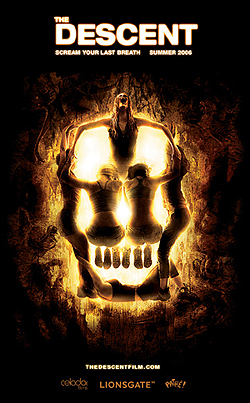A Hole in My Heart
 Swedish director Lukas Moodysson's A Hole in My Heart (2004) is an experimental mess of a film, and Moodysson would have it no other way. After Moodysson's earlier films, Show Me Love, Together, and Lilja 4-Ever, were all largely embraced and celebrated for their warmth, sophistication, and accessibility by international film circles, Moodysson sought to create something so esoteric and unaccessible that he would at last elicit a purely visceral reaction. A Hole in My Heart is that film.
Swedish director Lukas Moodysson's A Hole in My Heart (2004) is an experimental mess of a film, and Moodysson would have it no other way. After Moodysson's earlier films, Show Me Love, Together, and Lilja 4-Ever, were all largely embraced and celebrated for their warmth, sophistication, and accessibility by international film circles, Moodysson sought to create something so esoteric and unaccessible that he would at last elicit a purely visceral reaction. A Hole in My Heart is that film.Eric (Björn Almroth) is a desolate teen in Sweden who, in order to cope with his pornographic films that his father Rickard (Thorsten Flinck) shoots in their house, secludes himself in his room and psychologically distances himself from the debauchery that inevitably follows a shoot. This is not necessarily a moralistic claim that Eric is standing up for, but more so apathy and anger that he levels at his father. Also along for the journey are Geko (Goran Marjanovic) and Tess (Sanna Bråding), the porn stars of the film that Rickard is shooting (though Rickard too joins in on occasions).
Despite the continual horrific images that intercut the narrative (images of labia reduction surgery find their way into the film, as does an oh so lovely scene where Geko vomits into Tess' mouth), Eric is the key character in Moodysson's film. Eric watches over the other three and cares for them and their needs, despite their trangressions, and so there is obviously a religious/spiritual dimension to the film. Moreover, Eric's physical deformity (one hand is missing several fingers) adds to his distance from the "normal" pursuit of pleasure that the others seek. Beyond the father-and-son story and the silent caretaking, critisisms of capitalism abound, since Moodysson seems to be questioning why people who churn out empty pornography like Rickard are supported.
A Hole in My Heart is a film that ambitiously bites off for more than it can chew, and while Moodysson orchestrates subtly beautiful reveries with both Geko (in the fields) and Tess (in the store) separate from the daily monotony, there are more moments in the film where Moodysson pursues an idea far longer than he needs to or intercuts needlessly, though, again, some of this may well be intentional. That, however, does not always make for interested viewing.
Moodysson seems to have abandoned the easy period of his filmmaking for more adventurous fare, and this film does have its rewards. You'll have to dig for them, though. And Moodysson would have it no other way.
A Hole in My Heart: 6.5/10









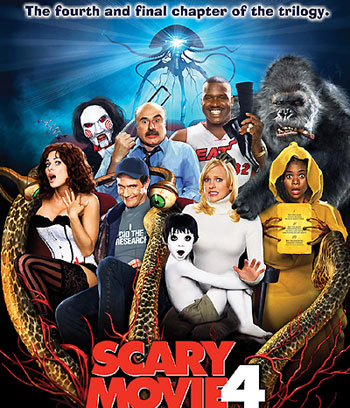

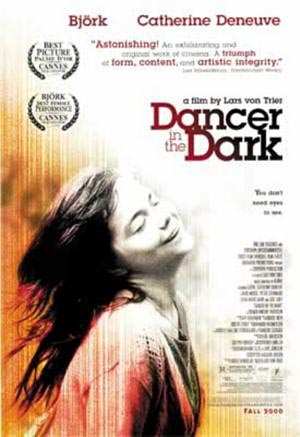

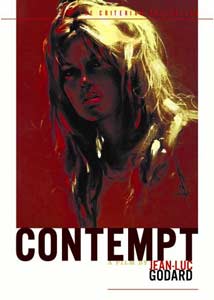
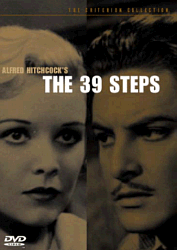


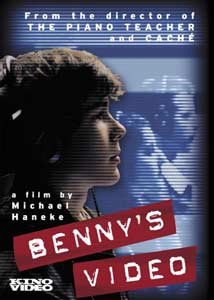

 Short Cuts
Short Cuts